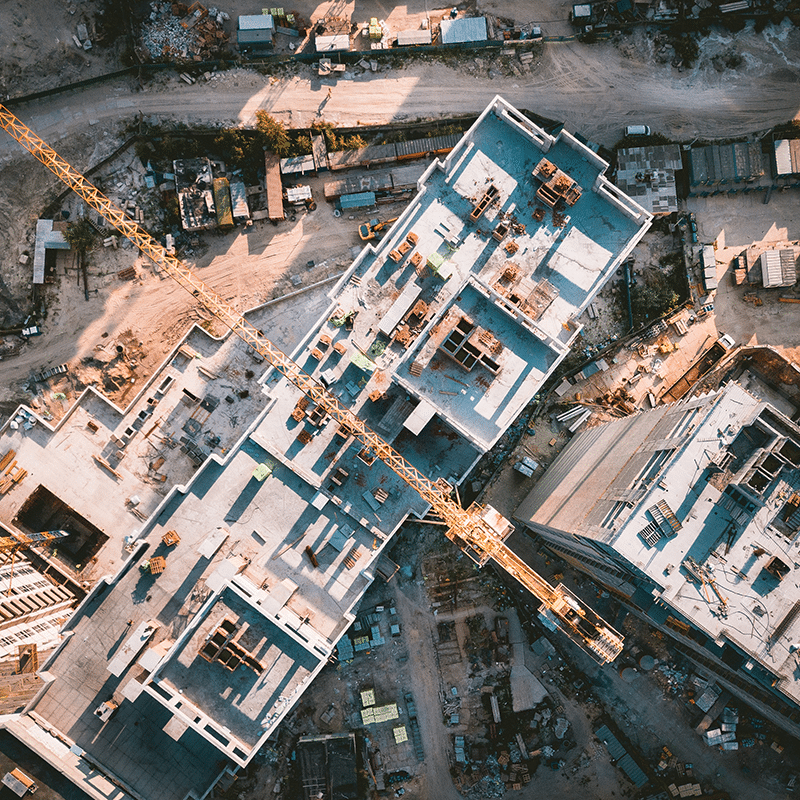Laydown areas are an integral part of construction projects, providing a safe and organized space for storing equipment and materials. However, planning for laydown areas can be a complex task, especially when it comes to logistics and coordination. This is where Follo, a construction management software, can be of great help.
Follo offers a range of tools that can simplify the planning process for laydown areas. With features such as equipment planning, delivery scheduling, crane picks management, and concrete pour coordination, Follo allows construction teams to manage all aspects of laydown area planning from a single platform. Moreover, Follo creates a webpage for project teams to communicate effectively about the laydown area with incoming traffic.
When planning for laydown areas, superintendents can consider the following key factors:
Consideration #1: Location
Choosing the right location for a laydown area is crucial for its success. The location should be easily accessible for construction activities and deliveries while being conveniently located for pickups. Follo’s delivery scheduling tool can help manage this aspect of laydown area planning efficiently.
Consideration #2: Size and Layout
The size and layout of a laydown area must be planned carefully to ensure that it is both efficient and safe. Follo’s equipment planning tool can help construction teams manage the size and layout of their laydown area effectively, ensuring that it is large enough to store all necessary equipment and materials, while not taking up valuable construction space.
Consideration #3: Security
Ensuring the security of a laydown area is critical for preventing theft or damage. Follo’s delivery tracking feature can help construction teams track their materials and equipment, allowing them to identify any unauthorized access quickly.
Consideration #4: Environmental Impact
Construction teams must consider the environmental impact of their laydown area. Using environmental compliance tools can help manage this aspect of laydown area planning by tracking and reporting on environmental impact, ensuring that the laydown area is compliant with regulations.
Consideration #5: Logistics
Managing logistics is crucial for ensuring that construction activities can proceed efficiently. Follo’s crane picks management and concrete pour coordination features can help construction teams manage their logistics effectively, ensuring that they can move materials and equipment safely and efficiently.
In conclusion, planning for laydown areas on construction projects is a complex task that requires careful consideration of several factors. By using Follo, construction teams can simplify the planning process and ensure that their laydown area is efficient, safe, and compliant with regulations.
